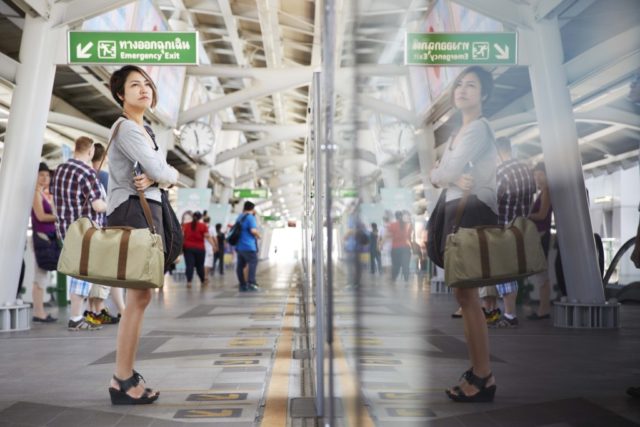
The Connected Mobility Initiative: Public-Private Partnerships to Help People Move
novembre 15, 2016 — Uncategorized
Public transit systems in the world’s cities are falling behind as cities are getting bigger and more crowded, often plagued with crippling traffic. This is one of the key findings in the recent report, Now Arriving: A Connected Mobility Roadmap for Public Transport.
The private sector, including Toyota, has embraced new technologies to address urban mobility problems, while public transit has been slower to change, even as ridership and funding drop off.

Working on these issues at the Toyota Mobility Foundation (TMF), I think we need to follow this closely. Mass transit systems are the linchpin in many cities’ mobility offering, but they need to embrace changing realities, adapt to shifting circumstances and adopt emerging technologies.
Access to mobility, such as strong transportation systems, is a matter of social equity. TMF’s goal is to help people become more mobile. It has direct social and economic implications. It provides access to jobs, education and other opportunities that are inextricably linked to an individual’s economic empowerment.
Mobility is also vital to society overall – a society in gridlock goes nowhere.
For a long time, the car has been seen as a common solution to everyone’s mobility needs. Cities were built around them. They’re convenient, and give you freedom to go where you choose on your own schedule. But in many cities around the world, the reality is congested streets and crumbling transit, and it can’t last.
But urban mobility doesn’t get a day off, people still need to get from one place to another, in whatever way works, and they’re not being served. We have to think bigger – and smaller at the same time. How do we help people in different parts of the world get where they need to go? The car will play an important role in the future of mobility, but, going forward, it will be one of many solutions. There’s no one-size-fits-all answer.

One of the Connected Mobility report’s most important recommendations is for greater public-private partnerships. Governments have a mandate to improve transit, but they act too often as regulators instead of innovators. They can benefit from the entrepreneurial spirit of private enterprise. Taking a proactive role, public transit agencies can “reinvent themselves as mobility orchestrators rather than operators.”
In some cities technology may offer tremendous new possibilities, such as autonomous vehicles and integrated urban mobility systems. In others, small-scale solutions – from park-and-ride lots to ride-sharing to micro-transit – may make a lot more sense.
We also need to consider how cities will fund these changes and make systems economically sustainable. New technologies can bring eventual savings to the transit systems as well as to users. However, those benefits must be balanced against the unavoidable costs of integrating them.
In the last couple of years TMF has learned a great deal through partnering with several pilot programs that address urban mobility issues around the world. In Bangkok, government, academia and the private sector help ease congestion along the Sathorn Road, one of the city’s major thoroughfares. One aspect of this involved collaborating with local businesses to implement flexible hours so workers can avoid the worst of rush hour. Early results have shown promise. From 6:00 to 9:00 a.m., travel speed in the area has improved by more than a quarter (28%) and the traffic queue was reduced by 1.3 kilometers.
Whatever we do and wherever we do it, everyone must work together. Effective partnerships are critical to addressing global mobility issues so that more people can go places and live better lives.